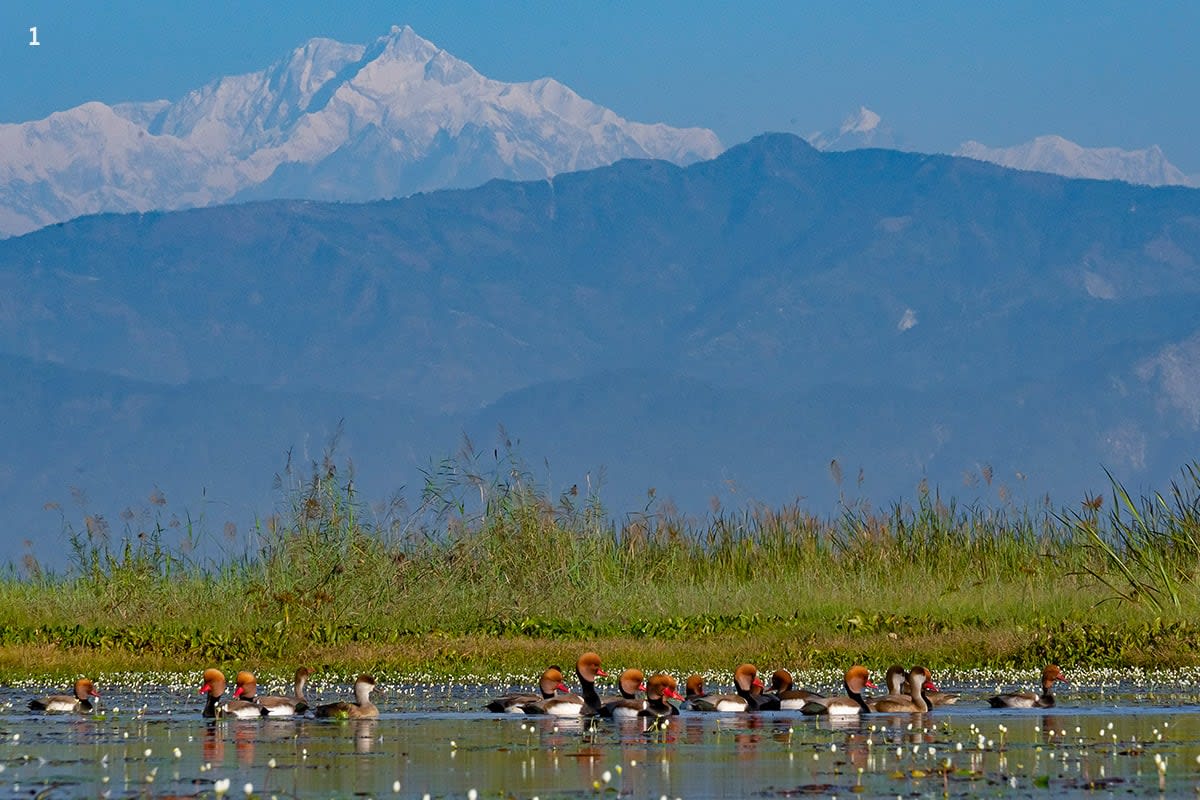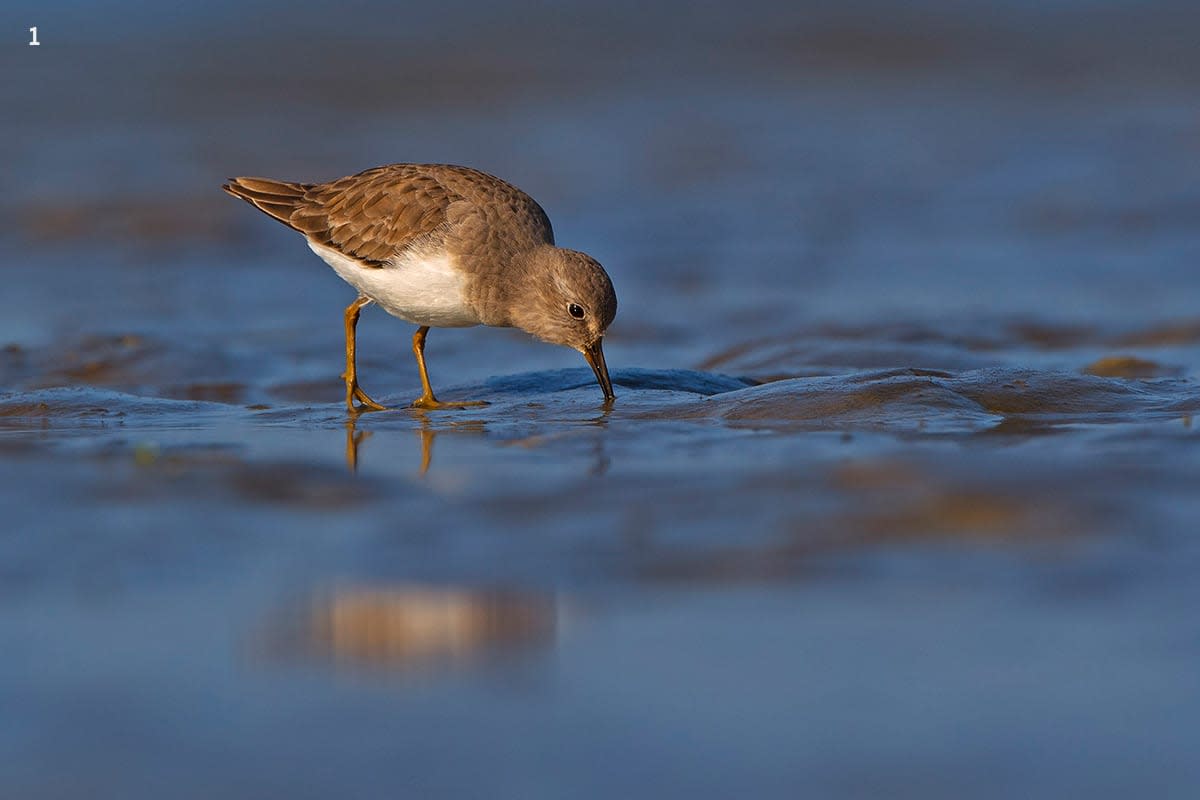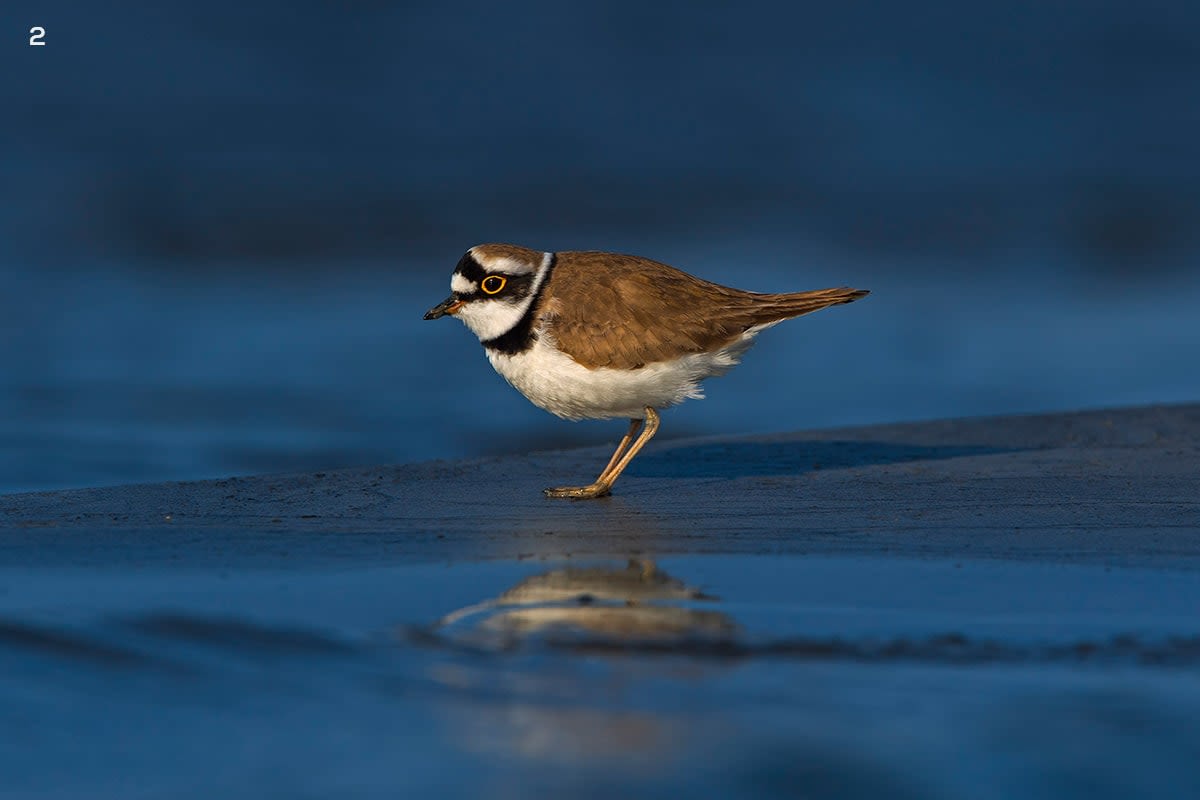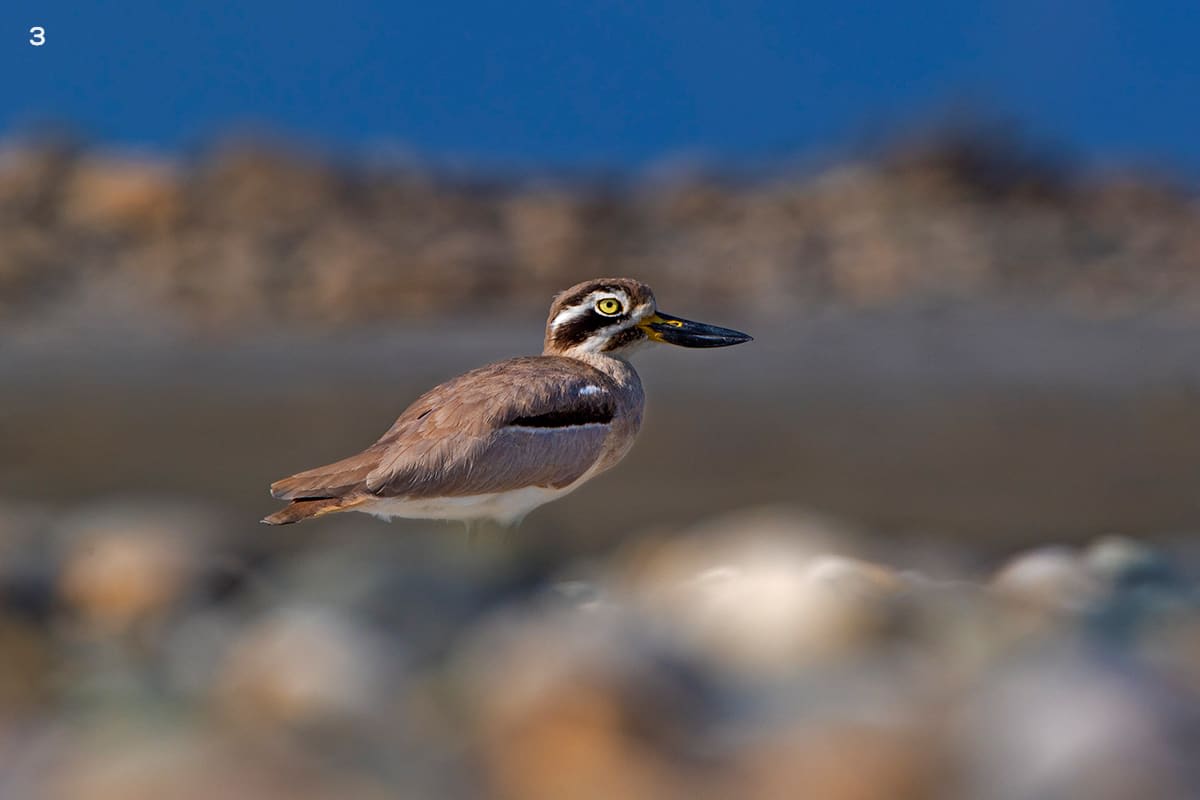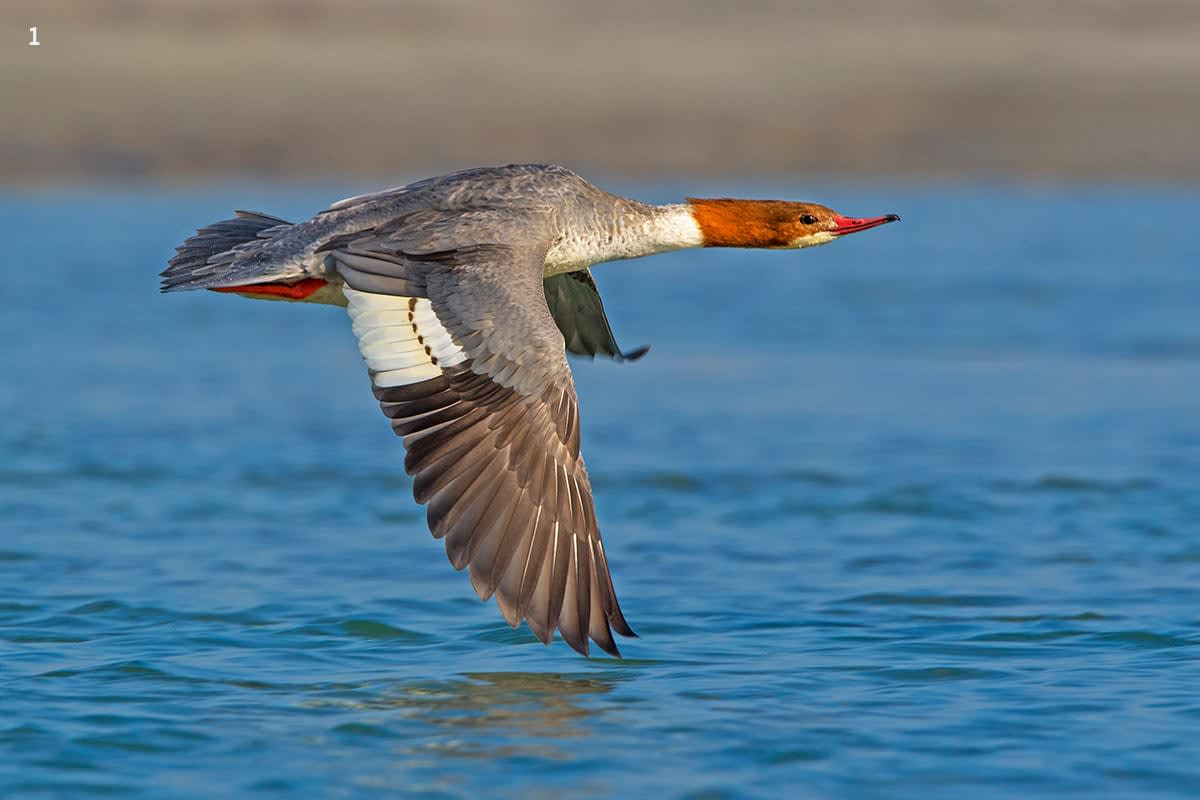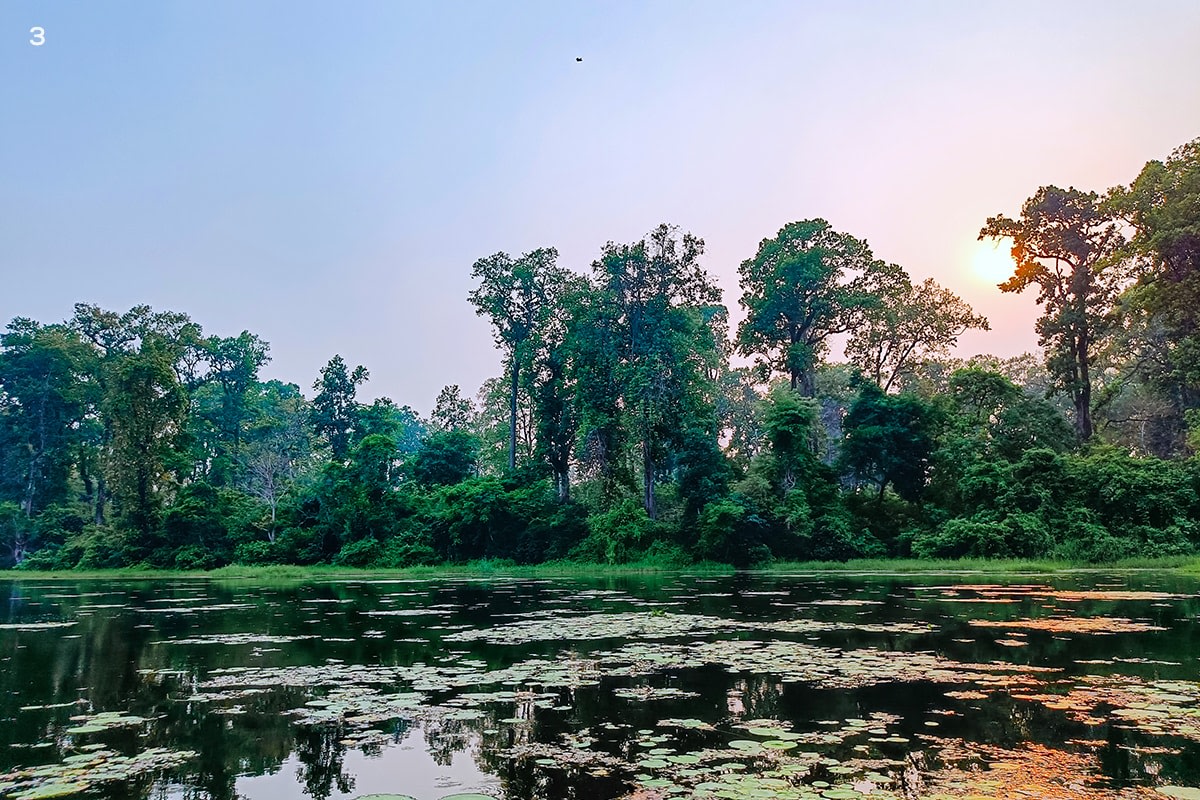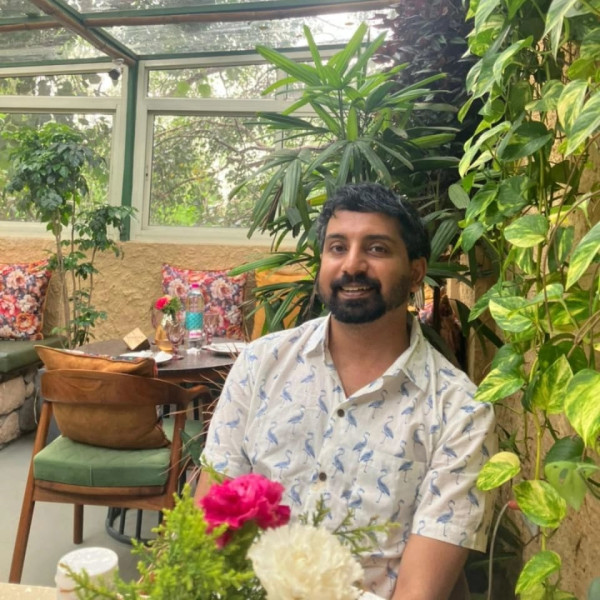 Listen to this article
•
15:34 min
Listen to this article
•
15:34 min
The endless expanse of the Teesta River stretched out before me until the horizon. The wind gently rippled the surface of the water as my guide rowed against the current. Enormous grey clouds loomed above us, and the vast Teesta barrage behind us. Time, as it often does on a river, stood still.
In April 2022, I was at Gajoldoba, a small hamlet in the Jalpaiguri district of northern West Bengal. The massive Kangchenjunga serves as a backdrop for this picturesque settlement in the Dooars region of the Himalayan foothills. A reservoir formed by the barrage welcomes hundreds of migratory birds every year to the village.
Taposh Mondal, a local resident, has been guiding tourists at Gojoldoba since 2013. The self-taught birder was keen to show me the migratory waterfowl which had lingered on the river past their wintering season. The tide dictated the movement of the birds as they flew to and from the reservoir and river. A flock of lesser whistling ducks were among those reaping the river’s bounty. We could hear the whistles of the pale brown birds assembled on a river island from a distance.
Cover photo: The Asian openbill, a stork which gets its name from a distinctive gap in its bill, is one among the many waders that inhabit Gajoldoba. Photo: Dhritiman Mukherjee
Taposh hushed my attempts to gather trivia about the gregarious ducks when he saw a pair of common shelducks. According to him, it was uncommon for these migratory ducks, with a prominent red bill, to stay on past the winter. Their striking black-and-white plumage contrasted sharply with the grey sky reflected on the river.
On our cruise upriver, we saw more ducks: the gadwall, common pochard, ruddy shelduck, and northern shoveler. Migratory birds arrive in Gajoldoba from their breeding grounds in Ladakh, Baluchistan, Central Asia, Mongolia, Russia, Siberia, and Europe at the onset of winter in the Indian subcontinent. The ducks we saw were the few that had delayed the perilous journey back to their breeding grounds. The river’s depth though wasn’t as impressive as its width. The sedimented water only reached Taposh’s knees when he stepped out to pull his sal wood boat stuck in a patch of gravel. A pair of migratory crested grebes waltzed nearby. Further ahead, a lone river tern rested on a floating log a few metres away from a flock of brown-headed gulls. The raucous gulls, with their hooded ensembles, flew away as our boat neared.
A small pratincole on a nearby sandbar was more tolerant of our presence. Thanks to Taposh’s excellent spotting skills, I was able to sight the well-camouflaged, grey-brown bird eyeing us suspiciously from the sandbar. Other waders, such as the common sandpiper, green sandpiper, little-ringed plover, and kentish plover, too foraged on the sandbar. The shrill call of a river lapwing broke my reverie.
According to Taposh, who has recorded more than 120 species of birds in Gajoldoba, birdwatching took off in the area in 2003 when fishers realised they could supplement their income by guiding tourists. In 2016, the West Bengal government declared the 14.09 sq km reservoir the Pakhibitan Wildlife Sanctuary to protect the birds and conserve their habitat. Today, an informal network of fishers and locals ply around 30-odd boats in the reservoir from morning to evening. Though the sanctuary remains open through the year, it sees maximum footfall during the winter months from November to March.
We decided to explore the reservoir the following day to see more birds, while secretly hoping to glimpse an elephant or two stopping by for a drink from the surrounding Baikunthapur forests. A pair of eye-catching pheasant-tailed jacanas, hidden amongst floating vegetation, lit up our morning. Their cousin, a bronze-winged jacana, foraged nearby. Jacanas are also known as lily-trotters or lotus birds for their ability to walk on floating vegetation with their long, spidery feet.

A skilled boatman, Taposh used his oar deftly to navigate the boat through reedbeds. He knew the reservoir like the palm of his hand and called out bird names as soon as he spotted them. Common moorhen, common coot, little grebe, Asian openbill stork, purple heron, purple swamphen, little cormorant, yellow bittern — the sightings came by quick and fast. The sheer abundance of these aquatic birds indicated that the wetland was thriving.
We heard the low-pitched buzzing calls of black-breasted weavers as we approached a reed island. Taposh steered the boat right up to the edge of the island, from where I could see the bird’s communal globular nests up close. Supported by reeds tied together, the nests had large circular entrances. The weavers, however, hid among the tall reeds.
When the boatman hushed me for the second time in two days, I knew immediately that he had spotted another rare species. Three cotton pygmy geese, with their spotless, bright white heads, had sensed the approaching boat. Before we could brace ourselves, they flew over our boat like aeroplanes over a parade.
Back at the deck of my cottage, as I observed the unsuccessful hunting attempts of a pied kingfisher, my thoughts circled back to what Taposh told me when he left me at the jetty: “Visit again in the winter. We will see huge flocks of ducks all around us”.
Getting there
By Air: Bagdogra airport is around 40 km from Gajoldoba
By Rail: New Jalpaiguri Junction railway station is around 28 km away
By Road: Siliguri is around 36 km away
Guide Taposh Mondal is an excellent birder and boatman. He can be contacted at +91 95476 37042 for day-long, and hour-long boat rides on the reservoir and river.
Birds to look out for: Lesser whistling duck, common shelduck, gadwall, common pochard, ruddy shelduck, northern shoveler, cotton teal, tufted duck, common teal, Eurasian wigeon, spot-billed duck, common merganser, crested grebe, river tern, brown-headed gull, small pratincole, common sandpiper, green sandpiper, little-ringed plover, kentish plover, river lapwing, pheasant-tailed jacana, bronze-winged jacana, common coot, Asian openbill stork, purple heron, yellow bittern, cotton pygmy goose, bar-headed goose, greylag goose, pied kingfisher
What to carry: A camera, a pair of binoculars, a water bottle, a cap, and snacks.
Stay
Bhorer Alo Tourism Property (+91-7029435557) is located nearby and is the preferred resort among visitors. You can check availability and book a room at the West Bengal Tourism Development Corporation website.




